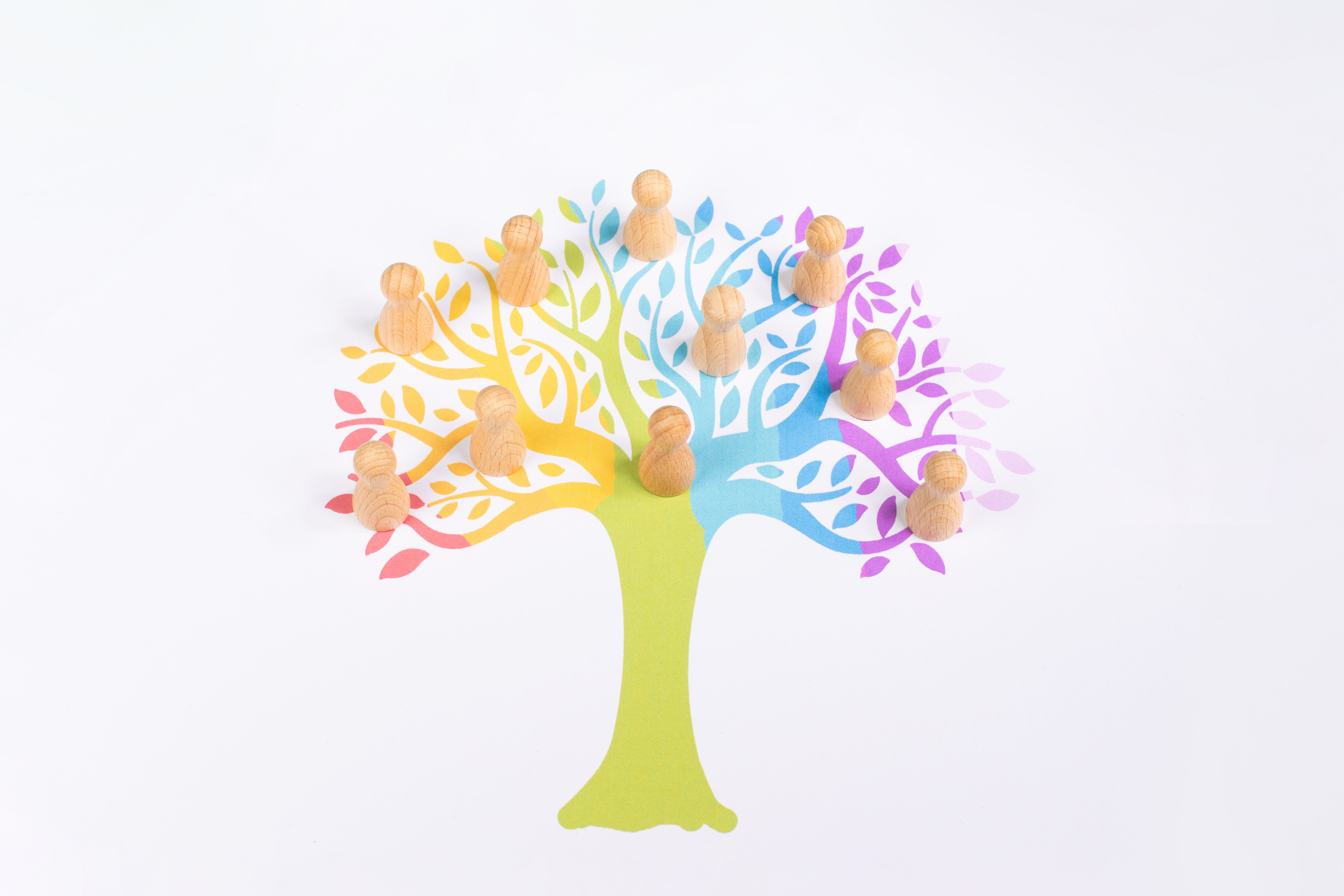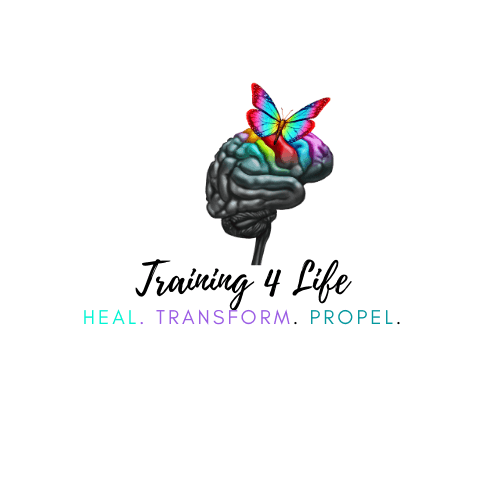Breaking Generational Cycles: Steps to Holistic Healing
SS
Understanding Generational Cycles
Generational cycles are patterns of behavior, beliefs, and practices passed down from one generation to the next. These cycles can include positive traditions, but they can also encompass harmful patterns such as emotional neglect, substance abuse, or toxic communication styles. Breaking these cycles is crucial for fostering a healthier environment for future generations.
To begin the process of breaking generational cycles, it is essential to first recognize and understand the patterns that exist within your family history. Awareness is the first step toward change, allowing individuals to consciously choose different paths than those laid out by previous generations.

The Importance of Self-Awareness and Reflection
Self-awareness is a powerful tool in the journey of breaking generational cycles. By reflecting on personal experiences and behaviors, individuals can identify which patterns they wish to change or eliminate. This process often involves deep introspection and may benefit from the guidance of a therapist or counselor.
Journaling is a practical method to enhance self-awareness. By writing down thoughts and feelings, individuals can uncover underlying motivations and triggers. Meditation and mindfulness practices can also help in gaining clarity and promoting emotional healing.
Embracing Forgiveness and Compassion
Healing from generational cycles often requires a significant amount of forgiveness—not only towards others but also towards oneself. It is important to understand that past generations may have acted out of their own trauma or lack of awareness. Embracing compassion allows individuals to release resentment and focus on personal growth.
Forgiveness does not mean condoning harmful behaviors but rather letting go of their emotional hold. This process can be liberating and open up new avenues for healthier relationships and personal development.

Building New, Positive Patterns
Once harmful cycles have been identified and addressed, the next step is to establish new, positive patterns. This often involves setting clear boundaries, practicing effective communication, and fostering environments that support emotional wellbeing.
- Set Clear Boundaries: Determine what behaviors are acceptable and communicate them clearly to family members.
- Develop Healthy Communication Skills: Practice active listening and express feelings constructively.
- Create Supportive Environments: Surround yourself with people who encourage growth and positivity.
These steps not only help in maintaining personal wellbeing but also set an example for others, especially younger generations.

The Role of Community and Support Networks
No journey of healing is undertaken alone. Building a supportive community is integral to sustaining positive changes. This can include friends, support groups, or professional counseling services. Engaging with others who share similar experiences can provide encouragement and accountability.
Online forums and local workshops can also offer valuable resources for those seeking guidance on breaking generational cycles. Sharing stories and strategies with others can create a sense of solidarity and inspire continued growth.
Maintaining Progress Through Continuous Learning
The journey towards breaking generational cycles is ongoing. Continuous learning and adaptation are key to maintaining progress. Reading books, attending workshops, and staying informed about emotional wellbeing practices can provide fresh perspectives and tools for healing.
As individuals commit to lifelong learning, they not only enrich their own lives but also contribute positively to the lives of those around them—ensuring that future generations inherit a legacy of resilience and wellness.
